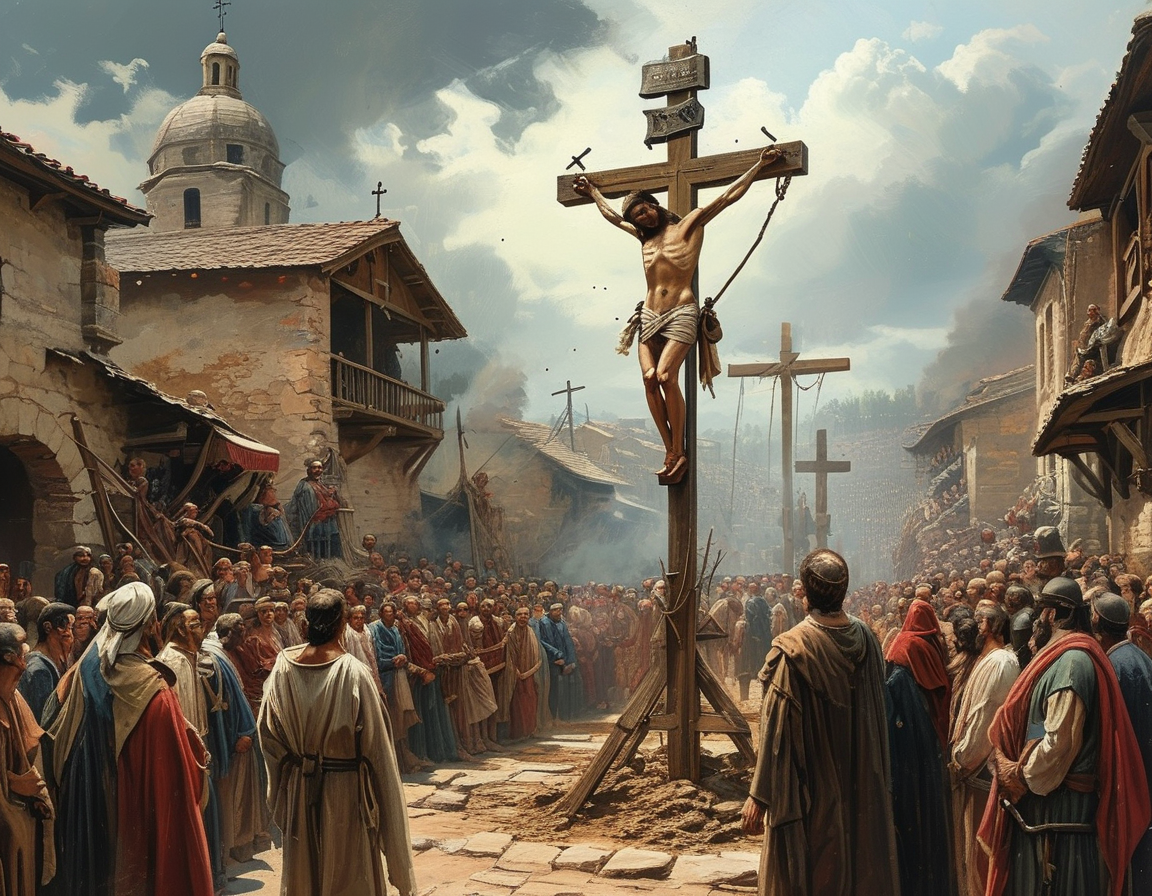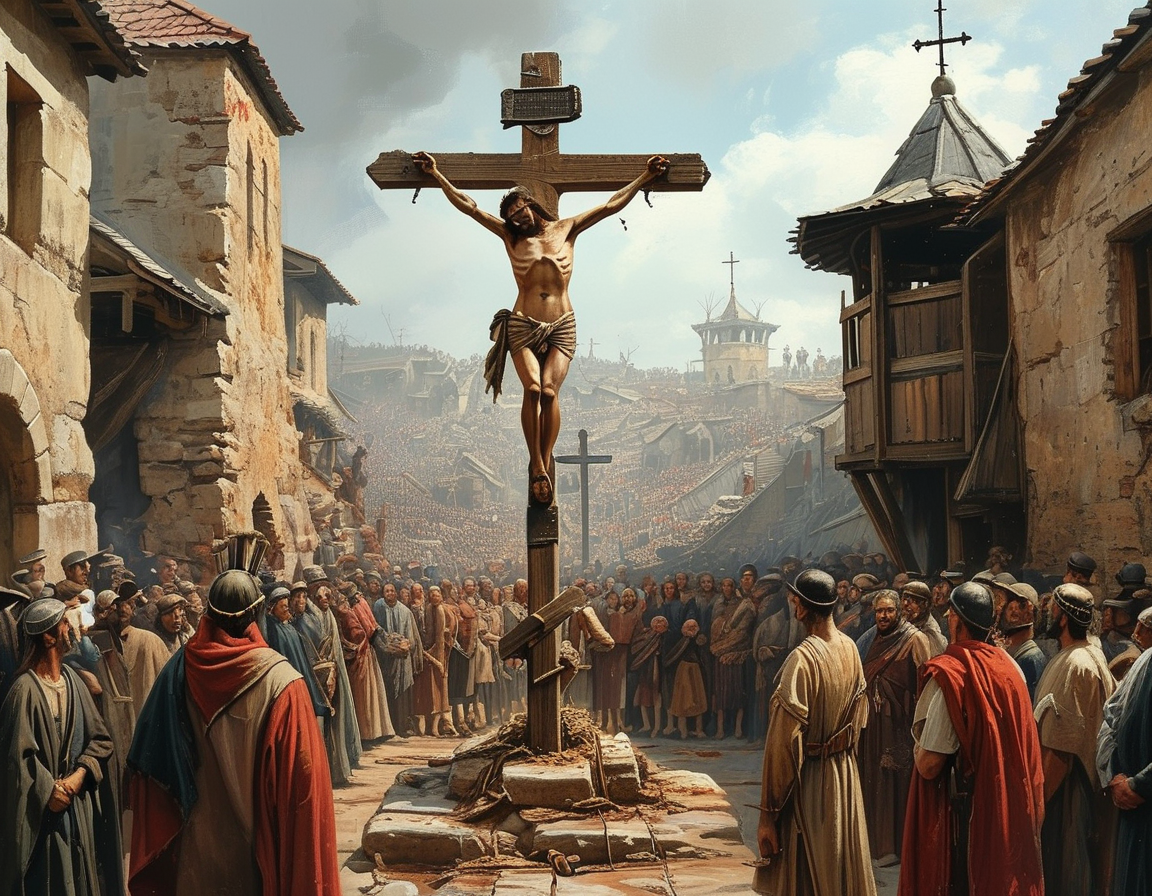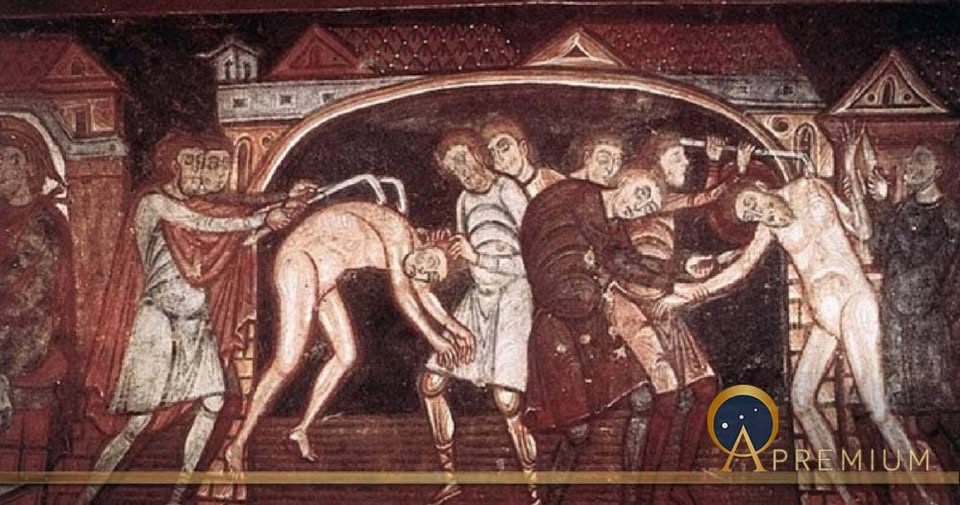Also read
- Dark Skin and Blue Eyes: The Truth About Ancient Europeans
- The Enchantment of Mermaids: A Myth Comes to Life in Northern Spain
In ancient societies, capital punishments were brutal and prolonged. These methods were not just about justice; they served as a spectacle for public entertainment. People gathered to witness these horrific events, raising questions about humanity.

Crucifixion is one of the most notorious examples. Victims faced excruciating pain over several days. Methods like this evoke a chilling reflection on human nature and punishment.
Another method utilized was the breaking wheel. Here, the convicted were tied to a wheel, with limbs shattered by blows. Such gruesome killings served as a deterrent but at a staggering moral cost.

Societies justified these actions, claiming they upheld order. Yet, can we truly understand the psyche behind public executions? The past—for all its horrors—should compel us to rethink our present justice systems.
In Rome, prisoners faced damnatio ad bestias, a fate worse than death. Thrown to wild animals in front of cheering crowds, this served both as punishment and entertainment. What does this say about us? Have we evolved, or are we just masking our true nature?

Moreover, the method of impalement remains particularly unsettling. This excruciating slow death was used to instill fear. The sight of victims displayed on stakes was meant to deter others. It raises the question: how far can society push the boundaries of cruelty?
Ancient practices compel us to reflect. They force us to ask about the evolution of punishment and justice. Are we significantly different from our ancestors, or do remnants of these barbaric practices linger in modern systems?
Ultimately, the conversation around capital punishment today is layered with complexity. While we’ve made strides away from brutality, echoes of the past remain. How do we embrace progress without forgetting the lessons history has taught us?




